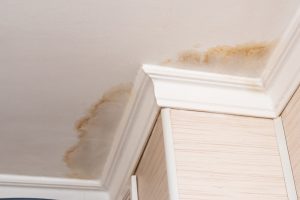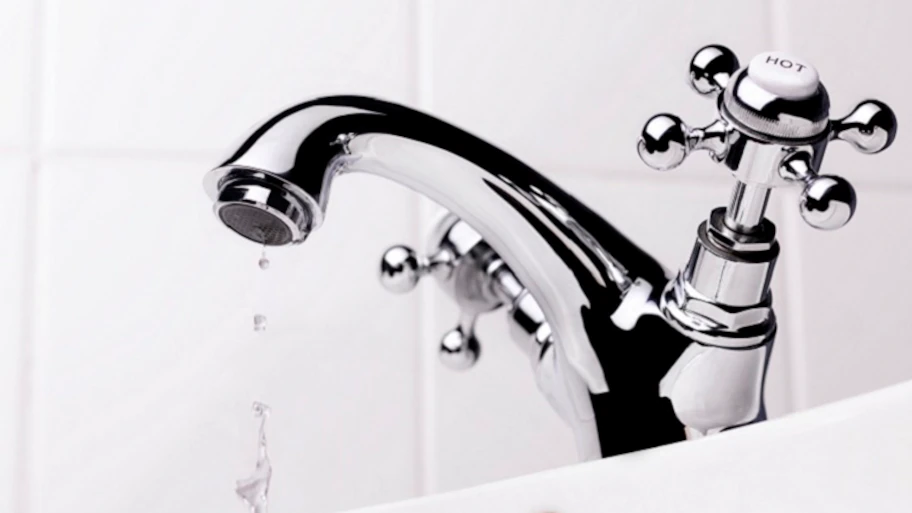How Bathroom Moisture Causes Water Deterioration
How Bathroom Moisture Causes Water Deterioration
Blog Article
Just how do you actually feel in regards to How to Repair and Prevent Bathroom Water Damage??

Water damage typically occurs in the shower room as a result of the water utilized day-to-day. In some cases, the damages could be a little mold from the shower. Various other times, it's substantial damages on your floor. Whatever it is, it is constantly excellent to know the reason as well as prevent it before it takes place.
This guide will go through a few of the usual sources of water damage in the shower room. We will also analyze what you can do to avoid these reasons from harming your shower room. Allow's dive in.
These are the common factors you would certainly have water damage in your washrooms as well as exactly how you can identify them:
Excess Wetness
It's amazing to have that long shower and dash water while you hem and haw and imitate you're executing, however in some cases these acts could create water damage to your restroom.
Sprinkling water around can cause water to go to corners and create mold and mildews. View how you spread out excess dampness around, and when you do it, clean it up to stop damages.
Cracks in your wall ceramic tiles
Bathroom wall surface floor tiles have been specifically made for that objective. They safeguard the wall surface from dampness from people taking showers. Nonetheless, they are not unbreakable.
Sometimes, your shower room wall ceramic tiles crack as well as enable some wetness to seep right into the wall. This could possibly damage the wall surface if you don't take any kind of activity. If you notice a split on your wall floor tiles, repair it instantly. Do not wait up until it damages your wall.
Overflowing bathrooms and sinks
As human beings, in some cases we make errors that can trigger some water damage in the bathroom. As an example, leaving your sink faucet on can create overruning as well as damages to various other parts of the shower room with moisture.
Additionally, a malfunctioning toilet might trigger overflowing. For example, a damaged bathroom take care of or other parts of the cistern. When this happens, it could harm the flooring.
As quickly as you notice an overflowing sink or toilet, call a plumbing technician to aid deal with it quickly.
Ruptured or Leaking Pipelines
There are numerous pipelines lugging water to various parts of your bathroom. Some pipes take water to the bathroom, the sink, the faucets, the shower, and also several various other places. They crisscross the tiny area of the restroom.
Every now and then, these pipelines can obtain corroded and also ruptured. Various other times, human action could create them to leakage. When this takes place, you'll locate water in the corners of your shower room or on the wall surface.
To identify this, keep an eye out for gurgling wall surfaces, mold and mildews, or mildew. Call an expert emergency situation plumbing professional to fix this when it happens.
Roof Leaks
In some cases, the issue of water damage to the shower room may not originate from the bathroom. For example, a roofing system leakage might create damage to the bathroom ceiling. You can find the damage done by taking a look at the water discolorations on the ceiling.
If you locate water stains on your ceiling, check the roof to see if it's damaged. After that, call a professional to aid address the concern.
Verdict
Water damage to your washroom can be irritating. Nevertheless, you can handle it if you protect against several of the reasons pointed out in this guide. Call a specialist emergency plumbing if you see any kind of serious damage.
How to Repair a Water-Damaged Wall in the Bathroom
All you need to know to repair bathroom wall water damage – from identifying the water source to finishing the repair professionally. If you don’t act quickly to resolve a water damage problem, you could find that it develops into a mold issue and/or cause structural damage to your home. Follow this guide to repair your bathroom before it's too late.
All you need to know to repair bathroom wall water damage
Water damage is a common household problem, and one that, if left unrepaired, can quickly lead to structural problems and health issues. The two most likely rooms where water damage may occur is the bathroom and the kitchen – where water is used often and there is high humidity.
What is water damage?
It is easy to think of water damage as caused by a flood or leaking tap or burst water pipe. However, when water damage is assessed, there are three main categories into which water falls (as classified by the American National Standards Institute). These categories are defined as:
Category 1 Water – ‘Clear Water’
This is sanitary water. There is usually no major threat to health by washing with this water, drinking it, or inhaling if it is streaming. Most water that enters your home will be category 1 water, while most water leaving your home will be either category 2 or 3 water. It may also come from melting snow, rainwater and water tanks.
Damage caused by this type of water can usually be repaired or restored, though this doesn’t mean that there are no potential health issues.
Category 2 Water – ‘Grey Water’
This is contaminated water – sometimes considerably so – and will cause illness if consumed or if it comes into contact with your skin. Water damage in this category is often caused by overflows from toilet bowls, and damage to washing machines and dishwashers. While damaged items might still be repaired or restored after damage by grey water, it is more difficult and more expensive to do so.
If the water damage in your home has been caused by grey water, it is advisable to have repairs made by professionals.
Over time, grey water will deteriorate and become black water.
Category 3 Water – ‘Black Water’
Category 3 water, also known as black water, is highly contaminated and a great risk to health. This may contain raw sewage, heavy metals, and other toxic substances. It will smell terrible.
If this is the water that has caused damage in your bathroom, do not touch it. Stop the water flowing if possible, seal the room and call the experts: it really isn’t worth the risk of ill health and disease that could be fatal. It is very unlikely that items can be repaired or restored if they have been damaged by black water.
https://www.porterscleaning.com/blog/how-to-repair-a-water-damaged-wall-in-the-bathroom/

As an avid person who reads about How to Repair and Prevent Bathroom Water Damage?, I imagined sharing that piece of content was really helpful. Appreciated our article? Please share it. Let other people locate it. Many thanks for going through it.
Ensure top-quality plumbing repairs. Report this page